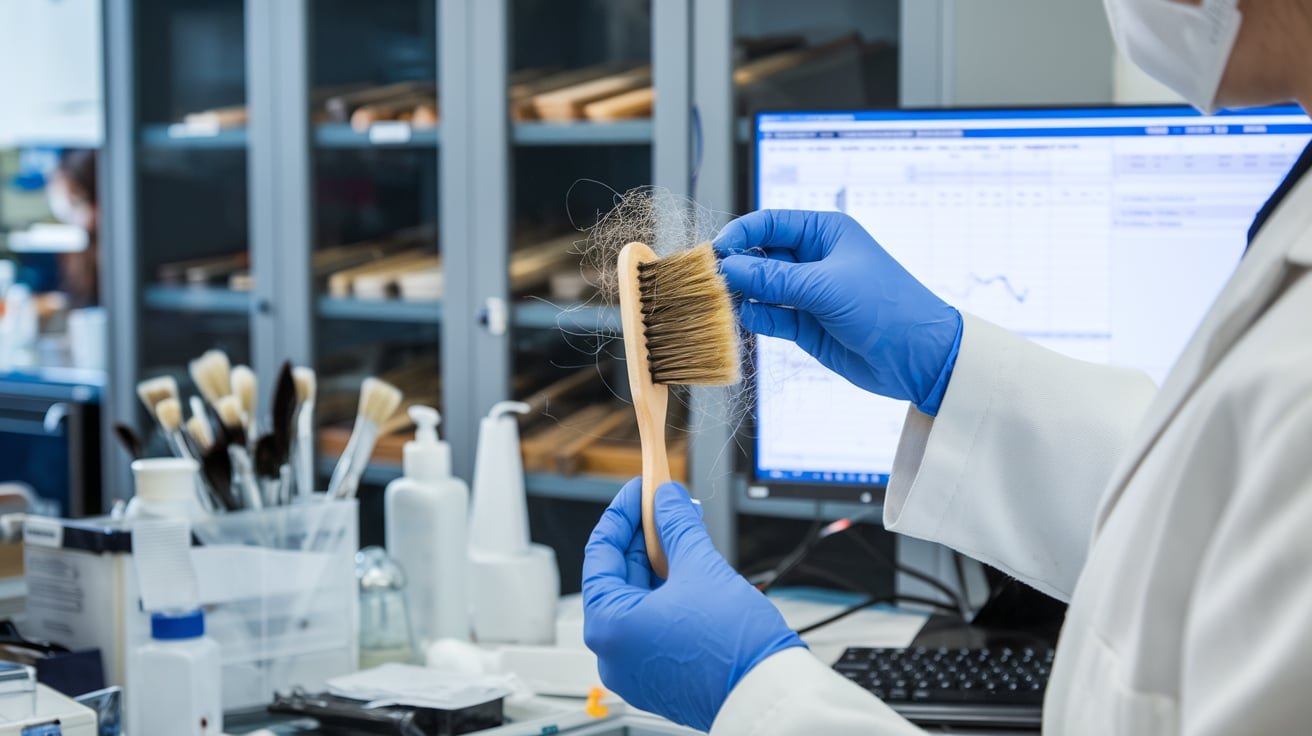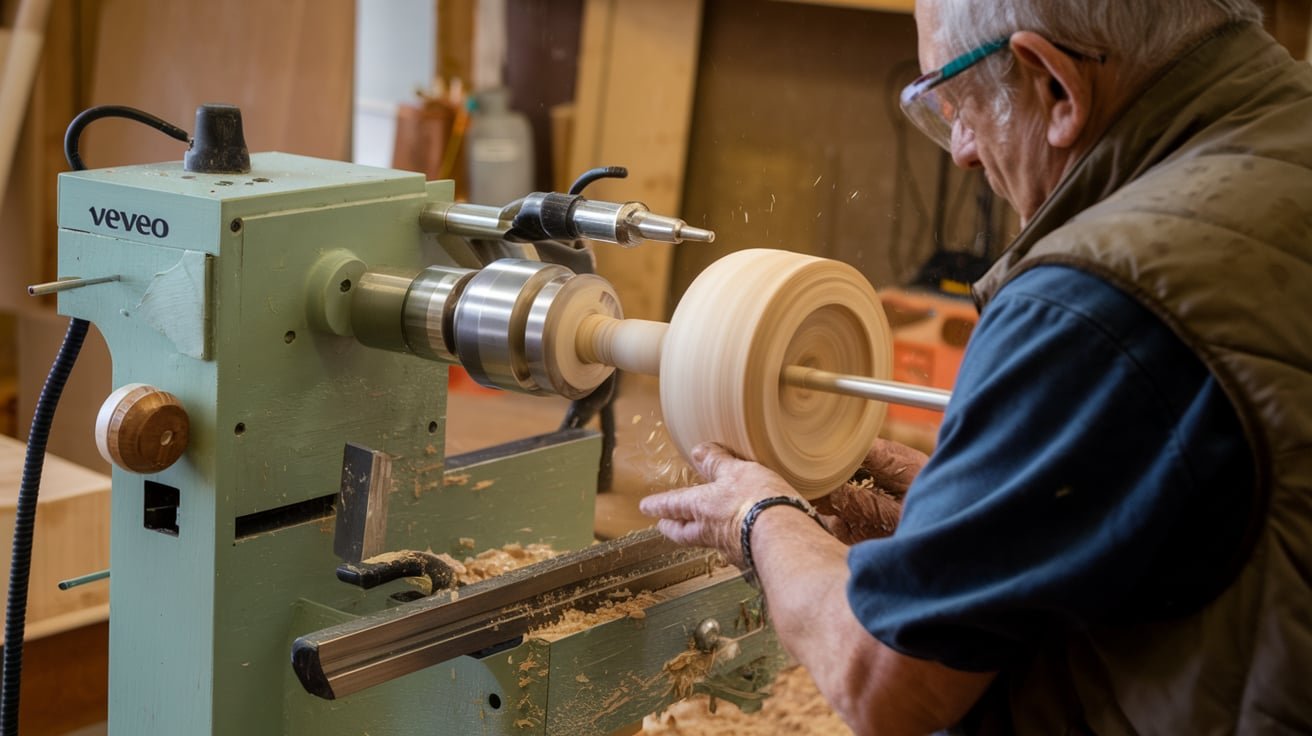Introduction
Collecting hair samples has become an essential aspect of many research fields, particularly in studies involving genetics, environmental exposure, and health. When researchers obtain samples from personal items like hairbrushes, they enter a domain where ethical guidelines are critical to protect participants’ rights. The Institutional Review Board (IRB) plays a fundamental role in overseeing these ethical standards, ensuring that processes align with ethical norms and protect participant privacy and consent. This article delves into the guidelines associated with collecting hair samples from brushes research irb guidelines and how IRB protocols help maintain participant trust and data integrity.
The Role of IRB in Ethical Research
The Institutional Review Board (IRB) is a regulatory entity responsible for approving and monitoring research to safeguard ethical practices. When it comes to collecting hair samples from brushes research irb guidelines, the IRB ensures that studies adhere to ethical requirements, balancing scientific goals with participant welfare. Hair sample collection, though non-invasive, still poses privacy considerations since hair contains identifiable DNA. The IRB guidelines specify that research must protect this data and ensure voluntary, informed participation.
Informed Consent in Hair Sample Collection
Informed consent is central to IRB protocols, ensuring participants understand their involvement. Participants need to know why their hair samples are needed and what the research entails. When researchers are collecting hair samples from brushes research irb guidelines, they must explain study objectives clearly, addressing any concerns participants may have. Consent forms detail the nature of hair sample collection, emphasizing that participants may withdraw at any time without repercussions. Through informed consent, participants remain aware of potential risks and benefits, contributing to an ethical and transparent research process.
Privacy and Confidentiality of Hair Sample Data
Protecting participant data is essential, especially in studies that involve biological samples. IRB guidelines enforce stringent privacy standards, requiring that researchers anonymize hair samples and secure any personal information. When collecting hair samples from brushes research irb guidelines, data storage is a critical factor, with researchers typically opting for secure, encrypted databases to ensure limited access. For instance, access is typically restricted to those directly involved in the study, reducing the risk of unauthorized access. This level of security is vital as it ensures that participant identities remain protected throughout and beyond the study.
Cultural and Ethical Sensitivities in Hair Sample Collection
Collecting hair samples can carry cultural implications, which researchers must consider before initiating studies. Certain cultures regard hair as a symbol of identity, so using it in research can evoke sensitivities. For example, some communities might view hair collection with suspicion or disapproval due to cultural beliefs about bodily integrity. By respecting these values, researchers can build trust with participants, ensuring the collecting hair samples from brushes research irb guidelines does not inadvertently offend or alienate them. This sensitivity is vital in fostering a collaborative research environment that honors individual and cultural perspectives.
Collection Process: Practical Steps and Ethical Standards
The process of collecting hair samples from brushes research irb guidelines involves several carefully planned steps to ensure ethical and scientific accuracy. First, researchers gather the necessary tools and provide participants with a thorough explanation of the collection process. Once the participant consents, the researcher uses a sterile approach, often using gloves and clean containers to prevent contamination. After obtaining samples, the researchers securely store and label them, recording each sample without using personally identifiable information. This precise approach meets both IRB standards and scientific integrity requirements, ensuring samples are collected systematically.
Data Analysis and Use of Hair Samples in Research
After collecting hair samples, researchers analyze them to extract meaningful insights. Depending on the study’s aim, hair samples can undergo various tests, from DNA sequencing to toxicology analysis. collecting hair samples from brushes research irb guidelines provides unique data on a range of factors, including genetic markers, hormone levels, and environmental toxins. This data contributes significantly to fields like public health and forensic science, offering valuable information without requiring invasive procedures. The IRB plays a critical role here, approving analysis methods to ensure that they align with the ethical standards of the research proposal.
Transparency and Communication with Participants
Transparency fosters trust and engagement, which is vital in studies involving human participants. Participants who contribute hair samples should be informed about the study’s progress and findings, as permitted by the research parameters. collecting hair samples from brushes research irb guidelines thus goes beyond mere collection; it involves sharing results when applicable, reinforcing participants’ sense of contribution. Many IRBs require researchers to provide this feedback, enhancing transparency and maintaining ethical integrity throughout the research lifecycle.
Community Engagement and the Ethical Significance of Hair Sample Research
Research involving biological samples can benefit from community engagement, especially when studies involve culturally diverse groups. Engaging with the community in the early stages of collecting hair samples from brushes research irb guidelines allows researchers to clarify their objectives, address concerns, and adapt to community-specific needs. By understanding the cultural perspectives surrounding hair collection, researchers can build relationships that enhance the study’s success and minimize ethical conflicts. This approach also provides valuable feedback, helping researchers adjust methodologies and strengthen participant relationships.
Regulatory Compliance and IRB Approval
Before beginning any research involving hair samples, obtaining IRB approval is essential. The IRB reviews the research proposal to ensure it aligns with ethical norms, examining details such as data security measures, informed consent processes, and the study’s overall ethical implications. IRB approval represents an important checkpoint, affirming that collecting hair samples from brushes research irb guidelines adheres to required standards. In cases of study modification or unforeseen events, researchers must update the IRB to maintain compliance, showing commitment to ethical transparency.
Benefits and Potential of Hair Sample Collection in Modern Research
Research using hair samples has transformative potential, as hair is an easily collected yet information-rich biological sample. Unlike invasive methods, collecting hair samples from brushes research irb guidelines offers a non-intrusive way to study genetics, environmental exposure, and health. Moreover, hair samples can provide a timeline of an individual’s exposure to toxins or health indicators, offering valuable insights for studies in fields such as forensic science, anthropology, and epidemiology. These benefits make hair sample research a growing field, with IRB guidelines guiding ethical standards and participant protections.
Challenges and Considerations in Collecting Hair Samples
Despite its benefits, collecting hair samples from brushes research irb guidelines presents challenges, such as ensuring data accuracy, managing potential contamination, and addressing participant concerns. For instance, hair samples can vary in quality and may require careful handling to prevent degradation. Additionally, participants may have reservations about providing biological samples, particularly in studies that lack immediate, tangible benefits. Addressing these concerns proactively through clear communication and robust ethical guidelines can help mitigate challenges, encouraging greater participation and enhancing data quality.
Conclusion
As hair sample collection continues to grow in research, the role of IRB guidelines becomes ever more critical. By following these ethical standards, researchers ensure that studies involving hair samples from brushes are conducted responsibly, with a focus on protecting participants’ rights and maintaining high-quality data. The practice of collecting hair samples from brushes research irb guidelines not only opens new avenues in scientific exploration but also emphasizes the importance of participant-centered approaches in research ethics. The IRB’s oversight ensures that these studies maintain trust, respect cultural values, and contribute meaningfully to scientific advancement, making hair sample research an invaluable asset in today’s scientific landscape.










